A good food processor will let you prepare a whole range of dishes, and all this in less time. What should you pay attention to when choosing one? Which food processor will be best for home use, and which will be better in a restaurant or cafe?
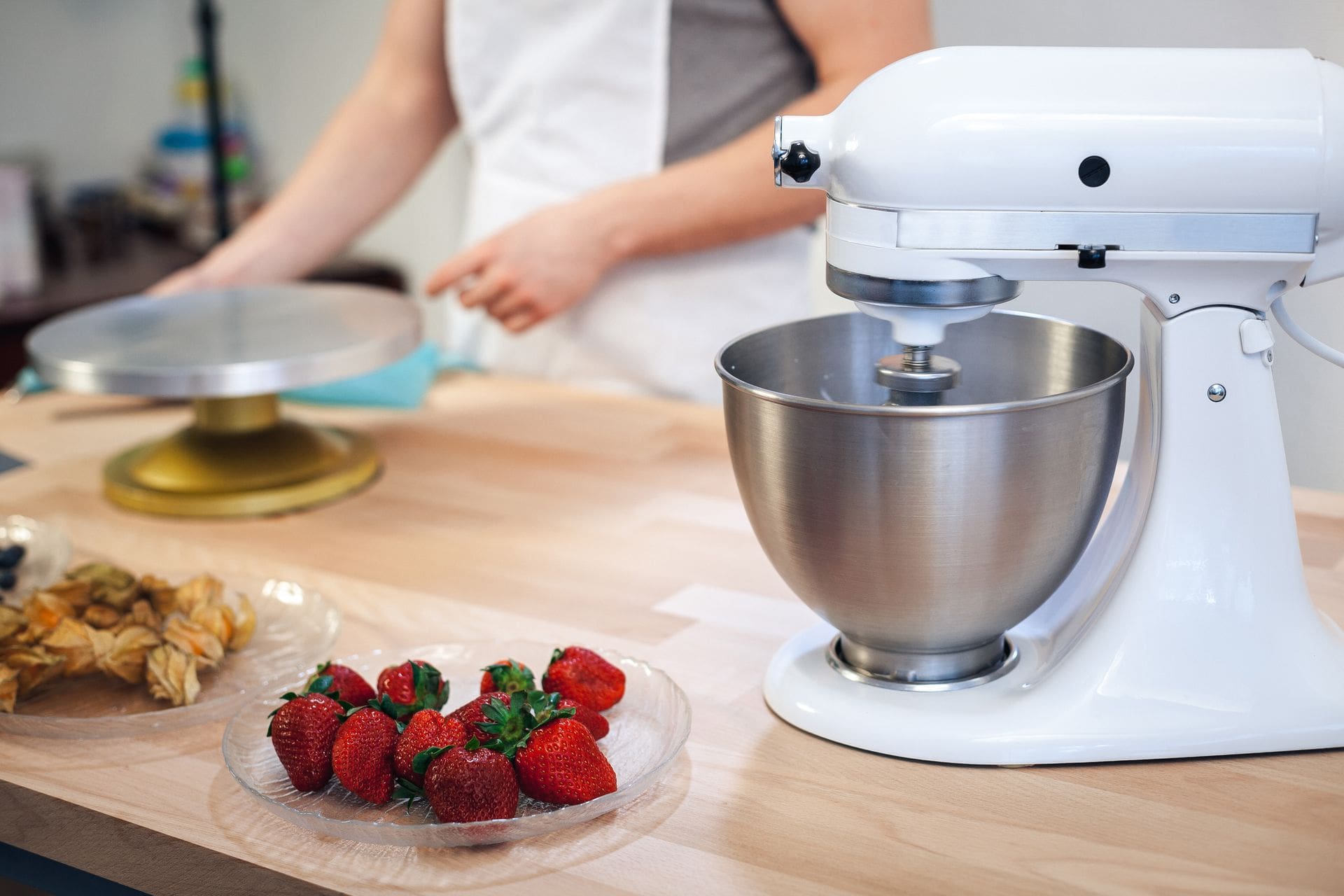
A good food processor will let you prepare a whole range of dishes, and all this in less time. What should you pay attention to when choosing one? Which food processor will be best for home use, and which will be better in a restaurant or cafe?
- What should you pay attention to when buying a food processor?
- Which planetary mixer should you choose?
- How much power should it have?
- Food processor bowl capacities
- Features of food processors
- Accessories for food processors
- Food processors for commercial use
- Which food processor should you choose for commercial use – summary
What should you pay attention to when buying a food processor?
Before buying a food processor you should first analyse your actual needs. There are many models available on the market, differing in how they mix the ingredients, in the power output and the capacity of the mixing bowl. More advanced versions have various additional functions, enabling preparation, for example, of fresh juice or home-made sausages.
If you only intend to use food processor a few times a year to make pancake mixture or whipped cream for dessert, then a standard mixer or planetary mixer will be enough, letting you mix the ingredients quickly and thoroughly. However, if you like to spend more time in the kitchen, or you are looking for equipment for commercial use, then you will need something with more complex capabilities.
Another aspect worth looking into is the material it is made from. The cheapest models, intended for home use, are usually almost entirely made of plastic, while versions intended for commercial use have many parts (e.g. the bowl) made of tougher material like stainless steel. This makes them more durable, but also easy to keep clean.
Regardless of the material it is made from, your device should be robust and reliable. Each element should fit well with the rest and the whole thing should be stable. Ease and comfort of use are also key.
Which planetary mixer should you choose?
A standard and simple food processor will have a mixing head rotating around its axis. Such equipment requires a relatively large amount of time to use and the final effect is not always satisfactory. Unmixed pieces are often left on the sides of the bowl. Therefore, you will need to manually assist it during use by scraping or turning over the ingredients by hand.
A planetary mixer will make life much easier in this case. As the name implies, planetary mixers feature an agitator that moves around the bowl like a planet. It rotates both around its axis and the edge of the bowl. This method lets you to thoroughly and effectively mix the ingredients for making cooking dough, grate vegetables and even crush ice.
More advanced models have special-purpose attachments – mixing hooks, kneading hooks or whisks (great for cream). They are also equipped with functions for grinding meat or making pasta. Which planetary mixer will be best for you depends on how you intend to use it.
How much power should it have?
The wattage is an extremely important aspect of food mixers. The higher it is, the more efficient the mixer. This results in more efficient use and precise blending of different ingredients. Less powerful versions will generally be less able to grind harder ingredients. Food processors can be divided into three groups, depending on the power output.
- Up to 600 watts – intended for simple tasks such as whipping cream, eggs or preparing pancake mixture. Such mixers are generally intended for home use.
- Between 600 and 1000 watts – such versions are also intended for home use. Suitable for most types of kitchen tasks.
- Over 1000 watts – intended for commercial use. Ideal for kneading dough.
Versions with less power will usually not have the option to change the speed of rotation, unlike those with more power. This is very important in the case of additional features, where the meat grinding or stuffing function will require a lower speed, and the blender will require a much higher speed.
Food processor bowl capacities
Food processors have bowls that come in different sizes, which should always match with the power of the device, as well as your needs. Less powerful equipment with a larger bowl might not manage to properly knead dough for pizza or bread. Versions with a small bowl, in turn, will not be suitable if you have a large family or run a restaurant. The division according to the size of the bowl is as follows:
- up to 1 litre – great if you are single, or for simple jobs, like whipping cream,
- from 1 to 3 litres – intended for everyday use when cooking for a small family,
- over 3 litres – good for large families or commercial use.
There are also models with much larger bowls: several or even several dozen litres, but they are generally used in food processing plants.
Features of food processors
When choosing the best food processor for your needs, take a good look at the functions offered by each model. Functions worth considering are speed regulation and the pulse option. Universal use is also a highly valued feature in many kitchens, so in addition to the mixer (for whisking, kneading dough, preparing puree), more advanced versions usually have:
- a blender – great for crushing ice and mixing cocktails, creams or smoothies,
- a grinder – suitable for meat, mushrooms or vegetables; with the use of different endings, you will also be able to prepare home-made sausage, pasta and kibbeh,
- a juicer – this will let you prepare fruit juices from fresh fruit.
A set of different-shaped discs will make it possible to prepare vegetable crisps or even cut potatoes into chips. Some processors also have the option of steaming or cooking using a built-in induction hob, as well as tempering chocolate. Processors with an emulsifying disc, in turn, will be ideal for preparing mayonnaise.
Accessories for food processors
Before purchasing a food processor, you should check the number and quality of the available accessories. Parts that will come in contact with food should be made of stainless steel. This applies to items such as:
- the stirring hook,
- the kneading hook,
- the whisk,
- the blade in a blender,
- the meat grinding function.
The bowl should also be made of stainless steel, making it much more durable. This is especially important for commercial use. The bowl in a mixer for home use could be made of polycarbonate that is safe for food contact. This material is often used for the blender jar (which allows you to control the blending process).
Food processors for commercial use
A high-class commercial food processor will be much appreciated by professional cooks. First of all, such devices should have a lot of power (more than 1000 watts) and a large bowl (a capacity of over 3 litres). Such equipment should also be robust and durable. The required number of functions and type of accessories strictly depend on the type of premises it will be used in.
- Coffee shops – here they will mainly be used for whipping cream for coffee or desserts. So you will not need a bowl with a large capacity, because you will prepare small amounts at a time. For use in a cafe you should definitely make sure it is equipped with a whisk. If your menu includes fresh juices / smoothies or ice cream, a model with a juicer or blender will also come in handy.
- A bakery – a high-class planetary mixer will be perfect in this case. It will be used both in the process of baking cakes, as well as whipping cream, making fruit mousses and grinding additional ingredients, such as nuts. The chocolate tempering function will also come in handy. In this case you will require a lot of power and higher capacity.
- A restaurant – for commercial use in restaurants you will need a food processor with a very high capacity, suitable for kneading large amounts of dough, mixing hard vegetables, shredding, grating fruit, etc. The grinding and blending function would also be good to have.
Which food processor should you choose for commercial use – summary
When choosing a food processor for home use, you should first of all consider the number of household members and how you intend to use it. Such equipment is currently standard equipment if you are in to healthy cooking. Small devices are perfect for making smoothies, various types of fruit and vegetable cocktails or mousses. If you enjoy cooking regularly – you should go for a model with a larger bowl, better for preparing dough or pancake mixture. Such equipment should also have more power. A multi-functional food processor will be a good idea, as it will let you prepare a number of dishes (e.g. sausages or steaming) without the need to buy additional equipment. However, they are not very cheap, and will take up valuable space in your kitchen.
In the case of commercial use, you should choose a food processor with more demanding parameters. You will need a stainless steel bowl, as well as many practical accessories (hooks, whisks) that will allow you to whip cream, prepare mixtures, and knead dough for bread or pizza. Such equipment should also be able to withstand intensive use.

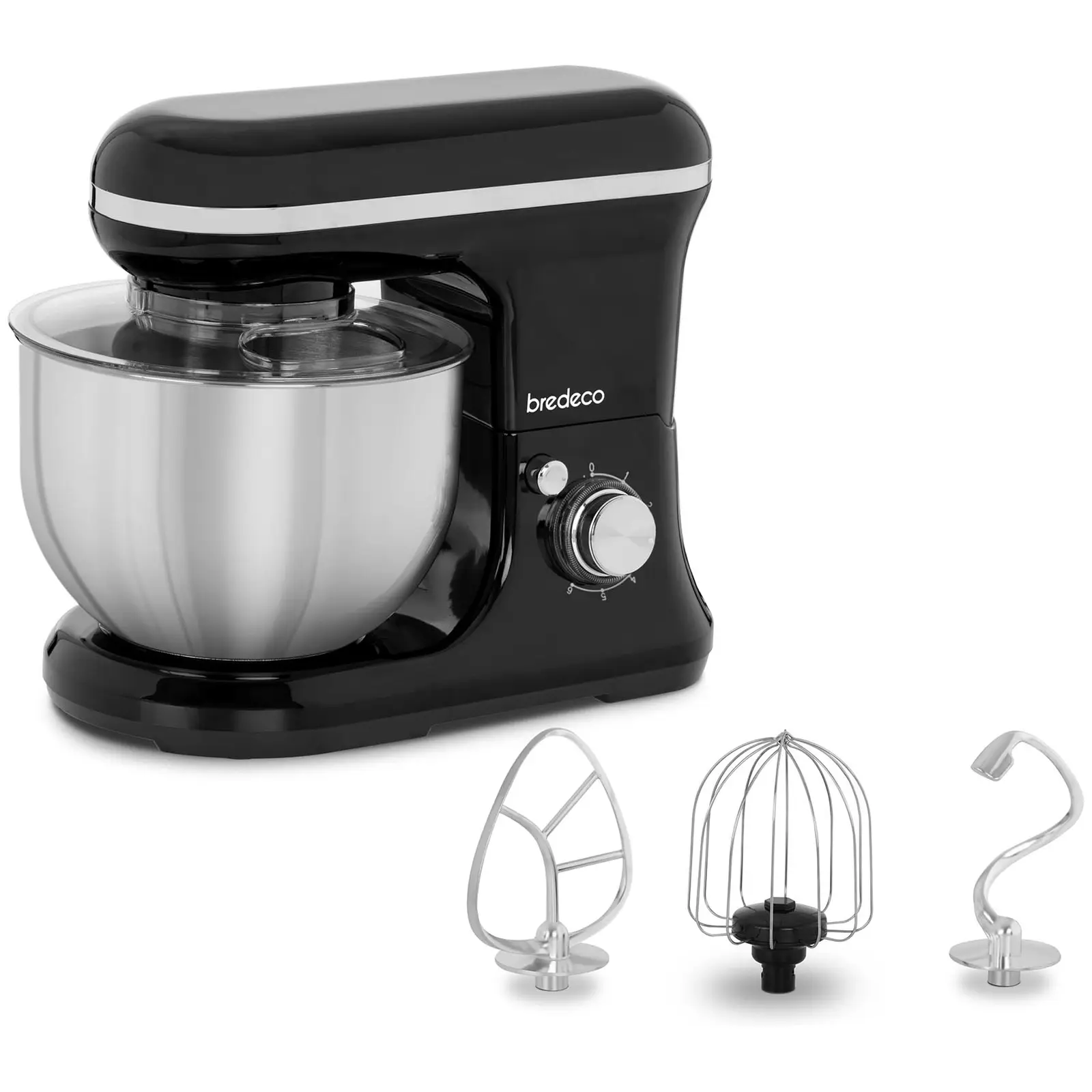
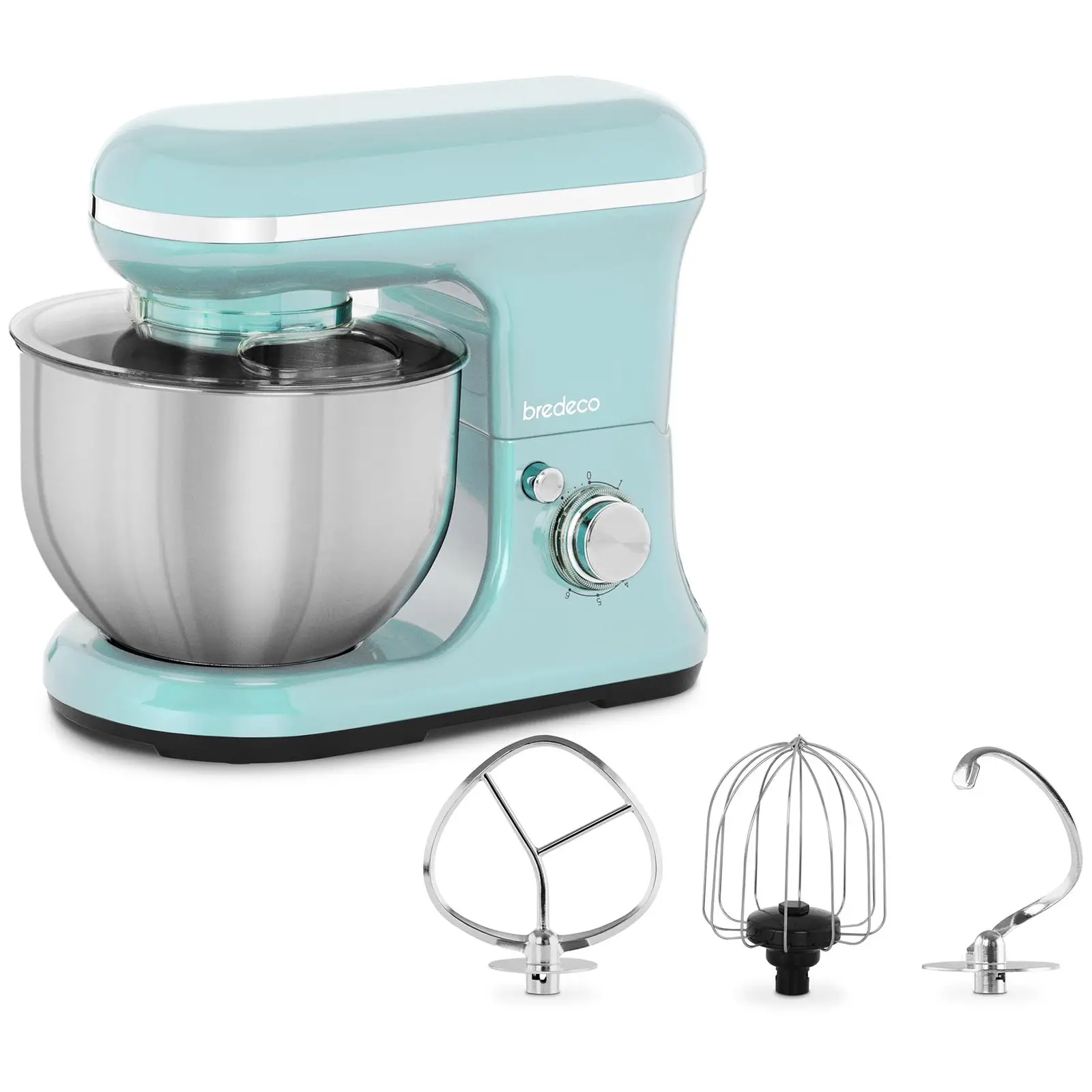



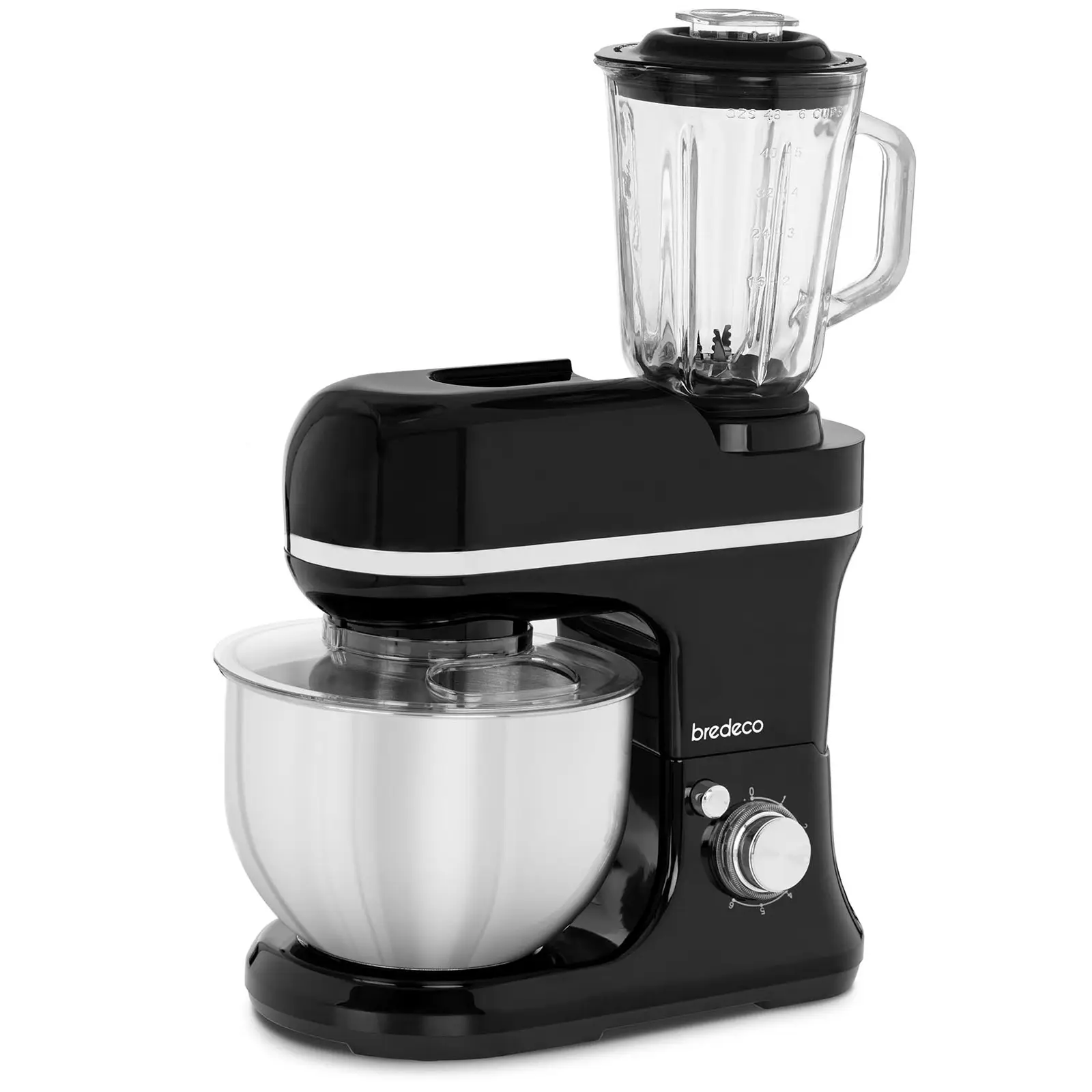
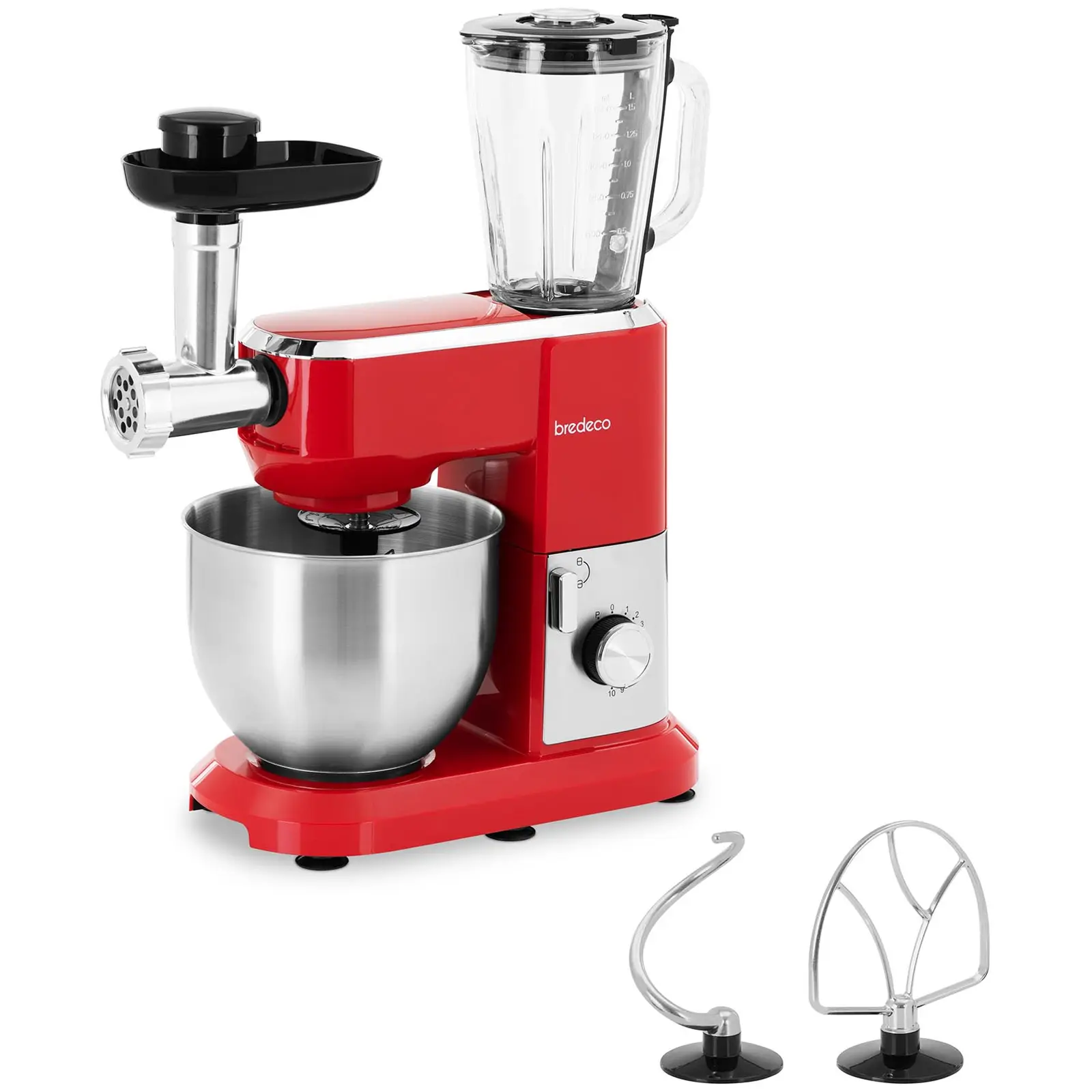
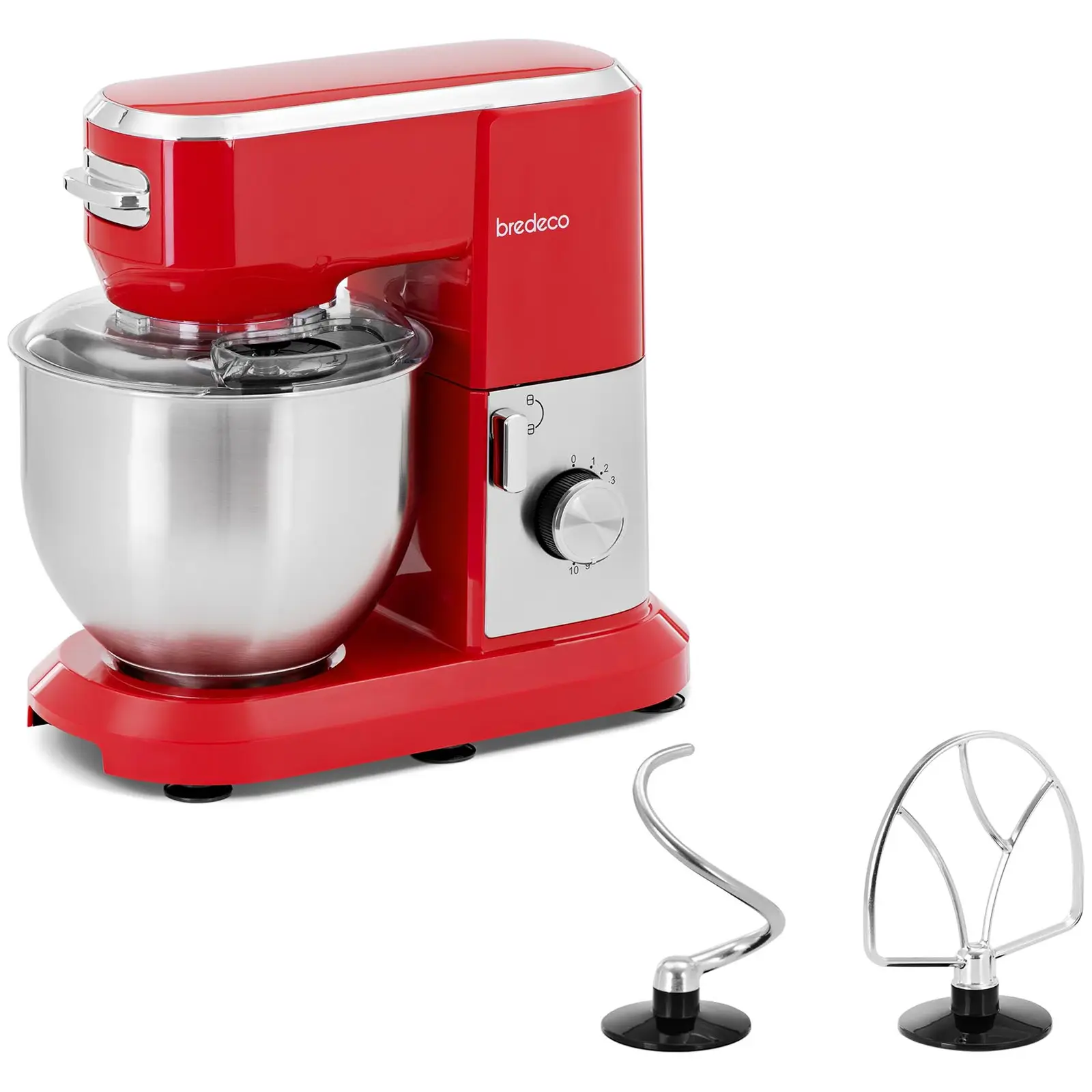
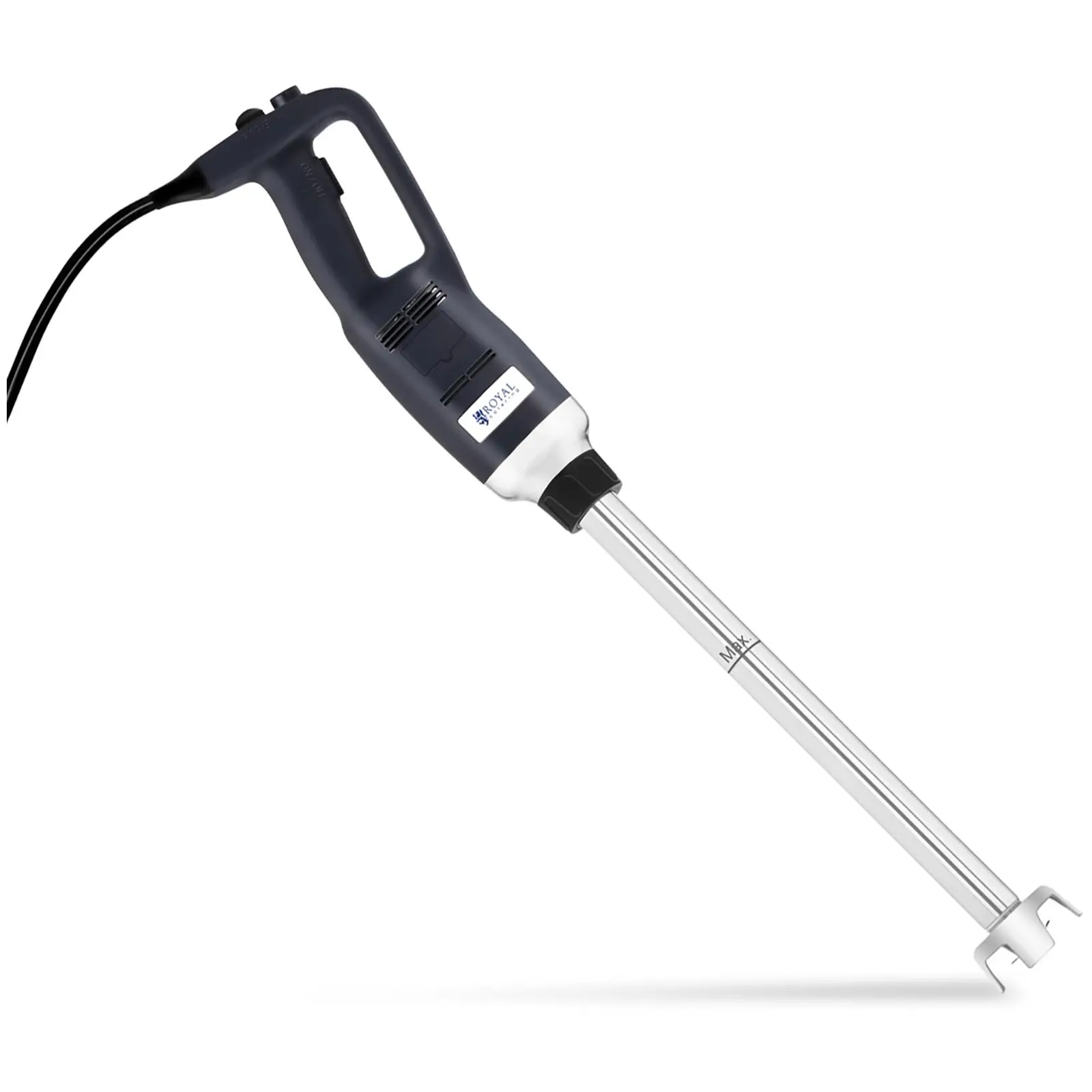

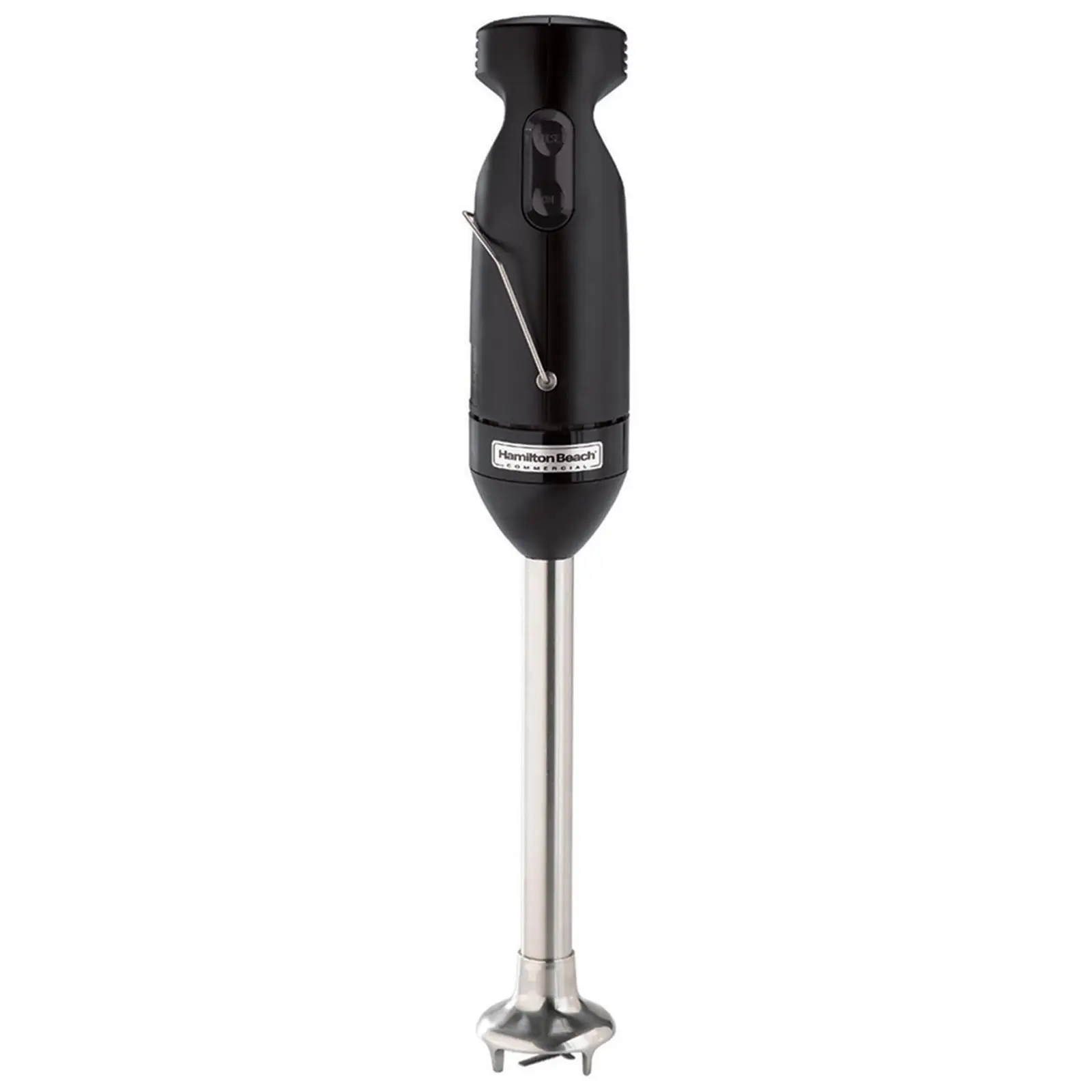
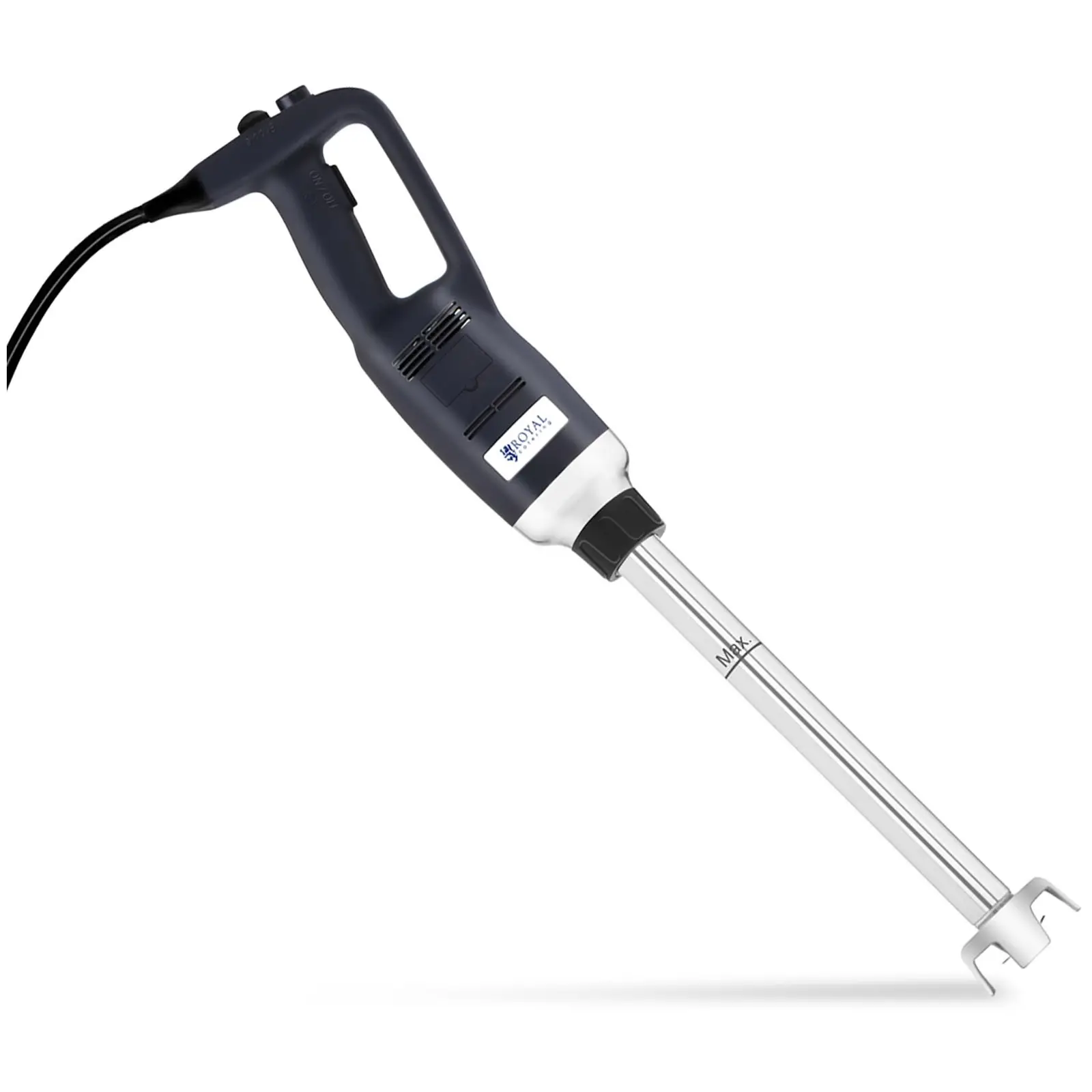





Share